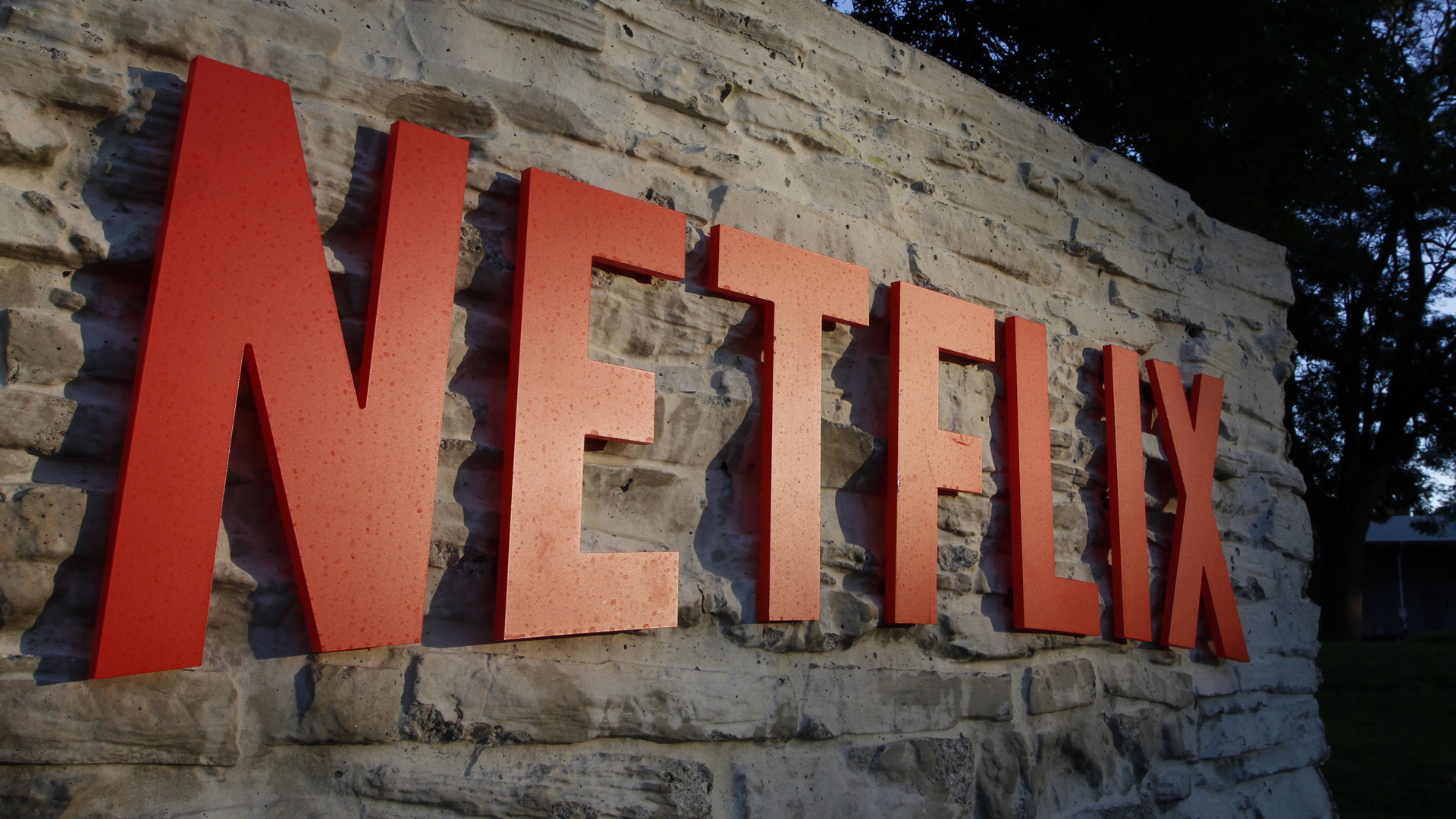Netflix's big international bet pays off, sort of
Plus, what's up with live content, HDR and VR?

The story heading into Netflix's Q1 2016 earnings report was its international performance, and the streaming giant delivered big time on that front. At least, for this quarter.
Having expanded to 130 countries in the early part of the year, Netflix drew in 6.74 million new subscribers in the last three months, bringing its grand total up to 81.5 million. Amazingly, 42% of its members are now outside the US.
US growth was down slightly year on year, from 2.28 new subscribers in Q1 2015 to 2.23 million in Q1 this year. This result actually beat predictions of 1.75 million new subs, but Netflix anticipates only adding half a million new US members next quarter.
With its focus now firmly global, Netflix is committing to international expansion by promising to offer more non-English language content, as well as support for various payment methods and local customer support.
It's ramped up production of non-English language series, which will "help both to cement the popularity and relevance of Netflix in the territories where they originate and, in success, will reach a broad global audience," the company wrote in its letter to investors.
Growing pains
As those US growth figures suggest, it's not all roses for CEO Reed Hastings and friends. The company forecasts much slower growth in Q2, something investors aren't happy about, sending the company's stock tumbling in after-hours trading.
This is largely due to Netflix not being able to match the explosive growth it had this past quarter – you can only launch in a new region once. What's more, Netflix launched in Australia and New Zealand in Q2 2015, so its year-on-year comparison also took a hit.
Sign up for breaking news, reviews, opinion, top tech deals, and more.
A greater international presence sounds like a nice growth story for the US-based firm, but really it's a matter of necessity. The service is seemingly saturated in the US, so it has to turn to global markets. But launching is only half the battle – Netflix now needs to give international customers a reason to sign up, or risk going nowhere in those regions, too.
During the next three months, new international additions are expected to number 2.5 million. Netflix also anticipates US subscriptions picking up again in Q3.
Despite slow growth in Q2 and no real read on the rest of the year, Hastings predicts Netflix will reach 100 million subscribers in 2017.
It's aggressively going after the international market, so it could certainly hit that milestone, but it's facing an uphill battle, for sure.
What you will and won't see on Netflix
A few other bits: Netflix announced it will gradually "un-grandfather" subscribers off its cheapest monthly plans over the course of the year, rather than all at once next month. It'll do this by seniority, so that its longest-tenured members enjoy its lowest prices for a protracted period of time.
Members will be moved to either a $7.99 standard-def one-screen plan, a $9.99 HD two-screen plan or an $11.99 UHD four-screen plan.
Asked (again) whether Netflix has any plans to get into live sports, Netflix Chief Content Officer Ted Sarandos said on the company's earnings webcast: "There is no interest in live sports currently."
He noted the upcoming Chelsea Handler talk show will be filmed in front of a studio audience and then streamed a few hours later, calling it "near live".
He said there's no technological reason why Netflix can't go live, but rather the company's brand proposition centers around on-demand content.
Others, Sarandos said, are doing live streaming to expand internet TV, but Netflix is happy to stake a claim in the new content consumption age as an on-demand provider.
"We don't have to do everything to be part of the expansion," he said.
Netflix is today starting to offer HDR support for Marco Polo, season 1, with its HDR content catalogue expanding "rapidly".
As for virtual reality, even though the company is keen on the tech, Hastings said he sees VR as more for the gaming realm at the moment, and not something that will have a direct impact on its content for a few years.

Michelle was previously a news editor at TechRadar, leading consumer tech news and reviews. Michelle is now a Content Strategist at Facebook. A versatile, highly effective content writer and skilled editor with a keen eye for detail, Michelle is a collaborative problem solver and covered everything from smartwatches and microprocessors to VR and self-driving cars.